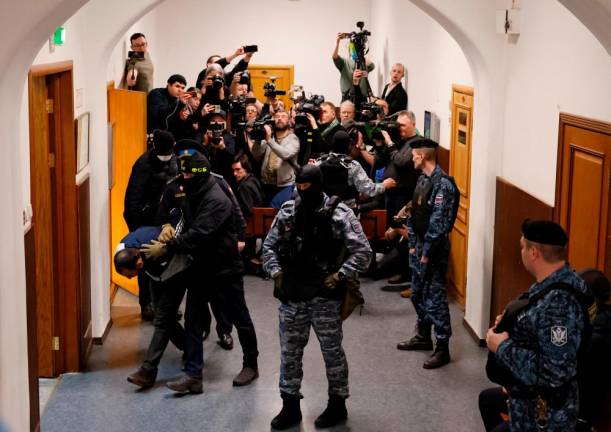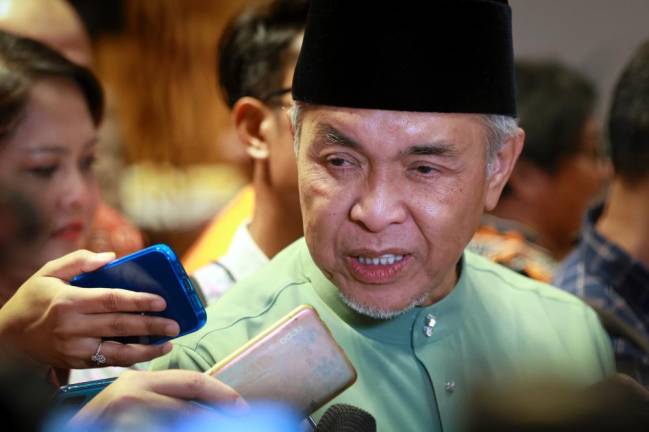FEW policymakers ever claim credit for causing stagnation and recessions. Yet, they do so all the time, justifying their actions by some supposedly higher purpose. That higher purpose is checking inflation as if it is the worst option for people today. Many supposed economists make up tall tales that inflation causes economic contraction, which ordinary mortals do not know or understand.
Inflating inflation’s significance
Since early 2022, like many others in the world, Americans have been preoccupied with inflation. But official US data show inflation has been slowing since mid-2022. Recent trends since mid-2022 are clear. Inflation is no longer accelerating but slowing and for most economists, only accelerating inflation gives cause for concern.
Annualised inflation has since been only slightly above the official, but nonetheless arbitrary 2% inflation target of most Western central banks. At its peak, the brief inflationary surge, in the second quarter of last year, undoubtedly reached the “highest (price) levels since the early 1980s” because of the way it is measured.
After decades of “financialisation”, the public and politicians unwittingly support moneyed interests who want to minimise inflation to make the most of their financial assets.
War and price
Russia’s aggression against Ukraine began last February, with retaliatory sanctions following suit, especially for fuel, food and fertiliser. Both have disrupted supplies, especially fuel and food. The inflation spike in the four months after the Russian invasion was mainly due to “supply shocks”. Although no longer accelerating, prices remain higher than a year before.
Price pressures had been building up with other supply disruptions. Also, demand has been changing with the new Cold War against China, the Covid-19 pandemic and “recovery”, and credit tightening in the last year.
There is little evidence of any more major accelerating factors. There is no “wage-price spiral” as prices have recently been rising more than wages despite government efforts ensuring full employment since the 2008 global financial crisis.
Despite difficulties due to inflation, tens of millions of Americans are better off than before, e.g. with the 10 million jobs created in the last two years. Under President Joe Biden, wages for poorly paid workers have risen faster than consumer prices.
Higher borrowing costs have also weakened the lot of working people everywhere. Such adverse consequences would be much less likely if the public better understood recent price increases, available policy options and their consequences.
With the notable exception of the Bank of Japan, most other major central banks have been playing “catch-up” with the US Federal Reserve interest rate hikes. Inflation has already been falling for many reasons, largely unrelated to them.
Making stagnation
But higher borrowing costs have reduced spending, for both consumption and investment. This has hastened economic slowdown worldwide following more than a decade of largely lacklustre growth since the 2008 global financial crisis.
Ill-advised earlier policies now limit what governments can do in response. With the Fed sharply raising interest rates over the last year, developing country central banks have been trying in vain to stem capital outflows to the US and other “safe havens”, raising interest rates.
Having opened their capital accounts following foreign advice, developing country central banks always offer higher interest rates, hoping more capital will flow in rather than out.
Interestingly, conservative US economists Milton Friedman and Ben Bernanke have shown that the Fed has worsened past US downturns by raising interest rates, instead of supporting enterprises in their time of need.
Four decades ago, increased servicing costs triggered government debt crises in Latin America and Africa, condemning them to “lost decades”. Policy conditions were then imposed by the International Monetary Fund and World Bank for access to emergency loans.
Double-edged globalisation
Economic globalisation policies at the turn of the century are being significantly reversed, with devastating consequences for developing countries after they opened their economies to foreign trade and investment.
Encouraging foreign portfolio investment has increasingly been at the expense of “greenfield” foreign direct investment enhancing new economic capacities and capabilities.
The new Cold War has arguably involved more economic weapons, e.g. sanctions, than the earlier one. Former US president Donald Trump’s and Japanese “reshoring” and “friend-shoring” discriminate among investors, remaking “value” or “supply chains”.
Arguably, establishing the World Trade Organisation in 1995 was the high water mark for multilateral trade liberalisation, setting a “one size fits all” approach for all, regardless of means. More recently, Biden has continued Trump’s reversal of earlier trade liberalisation, even at the regional level.
In 1995, we also saw the strengthening of intellectual property rights internationally, the limitation of technology transfers and progress. The recent “trade conflicts” are increasingly involving access to high technology, e.g. in the case of Huawei, TSMC and Samsung.
With declining direct tax rates almost worldwide, governments face more budget constraints. Last year has seen these diminished fiscal means massively diverted for military spending and strategic ends, cutting resources for development, sustainability, equity and humanitarian ends.
In this context, the new international antagonists conspire to make this a “perfect storm” of economic stagnation and regression. Hence, those striving for international peace and cooperation may well be our best hope against the “new barbarism”. – IPS
Comments: letters@thesundaily.com









